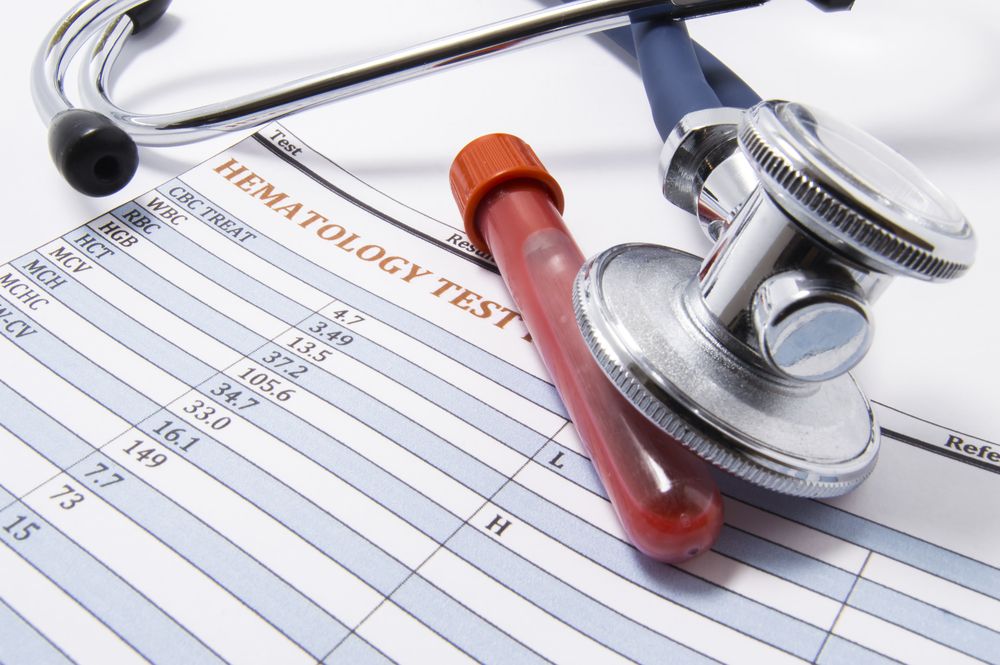Disparities Remain in HCT Use Rates for Minority Groups Despite Growth
Hematologic cell transplantation use rates have improved, although they still show disparities for minority groups such as non-Hispanic Black populations.
Hematologic cell transplantation use rates have improved, although they still show disparities for minority groups such as non-Hispanic Black populations.

For non-Hispanic Black patients, disparities have persisted in autologous and allogenic hematopoietic cell transplantation (HCT) use after hematologic cancer diagnosis despite progress for Hispanic, other non-Hispanic, and younger age populations, investigators of a recent cohort study published in JAMA Network found.
Results from 2017 to 2018 show that allogenic transplant use was similar amongst Hispanic and non-Hispanic White patients and those of other races, but lower for non-Hispanic Black patients for acute myeloid leukemia (AML) and myelodysplastic syndrome (MDS; AML: 19% vs 13%; MDS: 9% to 10% vs 5%).
“While no treatment should have 100% utilization, minoritized groups should have a similar utilization rate as White patients if equal access to HCT is available to all groups,” the authors of the study wrote. “Our quantitative analysis of these disparities provides evidence for further examination of the association of contextual factors with different HCT utilization.”
The study analyzed 136,280 HCTs from 2009 to 2018, of which 16.7% were for pediatric/adolescent/young adult (PED/AYA) patients (0 to 39 years) and 83.3% were for adults (40 to 84 years). A total of 74.5% of patients were non-Hispanic White, 11.4% were non-Hispanic Black, 10.3% were Hispanic, and 3.8% were other non-Hispanic races. The 6 hematologic cancers assessed in the study were AML, MDS, acute lymphoblastic leukemia (ALL), non-Hodgkin lymphoma, multiple myeloma, and Hodgkin lymphoma.
Syngeneic HCTs; not consenting; embargoed center; or missing or unknown age, race, or ethnicity were all criteria for exclusion.
In 2009, the largest proportion of patients amongst the Hispanic and Black populations included people aged 0 to 19 (37.7% and 31.6%, respectively) compared with those of other races and White populations (26.2% and 23.1%). These numbers have all decreased by 2018 (34.6%, 27.6%, 23.1%, and 21.1%, respectively). On age, people aged 65 to 84 years were the biggest proportion for White patients (13.8%) followed by those of other races (8.2%), Black patients (7.8%), and Hispanic patients (4.9%) in 2009. In 2018, all these proportions increased (17.7%, 11.1%, 10.5%, and 6.6%, respectively).
In the most recent cohort assessed from 2017 to 2018, Black PED/AYA patients had lower HCT rates compared with White patients for AML (37% vs. 53%), non-Hodgkin lymphoma (5% vs. 6%), and ALL (17% and 18%), but higher rates for Hodgkin lymphoma (15% vs. 11%). In Black adults, case counts for ALL, multiple myeloma, and AML increased while the incidence of non-Hodgkin lymphoma, Hodgkin lymphoma, and MDS was stable.
Autologous transplant use for lymphoma was similar for all race and ethnicity groups. Autologous transplant for multiple myeloma was highest for non-Hispanic White patients and lower for every other group (31% vs. 26% to 27%). Use of allogeneic transplant for ALL was greatest in Hispanic patients (19%) followed by those who were non-Hispanic White (18%), Black (17%), and other races (16%).
Rates of autologous HCT in multiple myeloma increased for all race and ethnicity groups, and non-Hodgkin lymphoma rates increased for Black patients. The rate of autologous HCT use for multiple myeloma was 19% higher for White patients than Black patients.
For Black adults, case counts of AML, ALL, and multiple myeloma rose while those for Hodgkin lymphoma, MDS, and non-Hodgkin lymphoma were stable. HCT volume and rates increased for all diseases aside from Hodgkin lymphoma. Case counts among Hispanic adults increased for AML, ALL, multiple myeloma, and non-Hodgkin lymphoma, and counts for MDS and Hodgkin lymphoma remained stable. HCT volume and use rates were up by 38% or more for each disease, and the HCT rates for MDS and Hodgkin lymphoma doubled.
Adults of other races had HCT volume and case counts increase for all 6 diseases. HCT use rates for adults of other races increased for 4 of 6 diseases; allogeneic HCT rates for AML and ALL were stable. Case counts were stable for White adults across all disease types apart from ALL, which rose. HCT volume increased for every disease but Hodgkin lymphoma and non-Hodgkin lymphoma, which were stable, and HCT use rates rose for ALL, MDS, and multiple myeloma; rates for non-Hodgkin lymphoma, Hodgkin lymphoma, and AML remained stable.
HCT use has increased for both age groups across all racial and ethnic groups, although it remains lower for Black patients in both age groups.
Regarding limitations, the authors note limiting the analysis to SEER-reporting areas on estimation of HCT use by race and ethnicity because the resulting study subpopulation isn’t fully representative of the US population.
Reference
Hahn T, Herr MM, Brazauskas R, et al. Use of hematopoietic cell transplant for hematologic cancers by race, ethnicity, and age. JAMA Netw Open. 2024;7(9):e2433145. doi:10.1001/jamanetworkopen.2024.33145
Navigating AE Management for Cellular Therapy Across Hematologic Cancers
A panel of clinical pharmacists discussed strategies for mitigating toxicities across different multiple myeloma, lymphoma, and leukemia populations.